Mold Flipper: What Training Plan Helps Indian Operators Adopt Quickly?
Investing in a new mold flipper for your facility is a big step towards boosting efficiency and safety. But the machine itself is only half the battle. You might find that your operators are hesitant to use the new equipment, leading to frustrating delays and a slow return on your investment. Every moment that new mold flipper sits idle, or is used incorrectly, you risk damaging expensive molds, causing production bottlenecks, or even creating serious safety hazards. The initial excitement of a new purchase can quickly turn into a source of stress for managers and operators alike. The solution is not more pressure, but a smarter approach: a dedicated training plan designed specifically for your team, ensuring they can adopt the new technology quickly, safely, and confidently.
A successful training plan for Indian operators using a new mold flipper is one that integrates a phased learning structure, extensive hands-on simulation, instruction in local languages, and a robust system for feedback and continuous improvement. This multi-faceted approach guarantees that operators not only learn the mechanics but also build the confidence needed for rapid and safe adoption in a busy industrial environment.
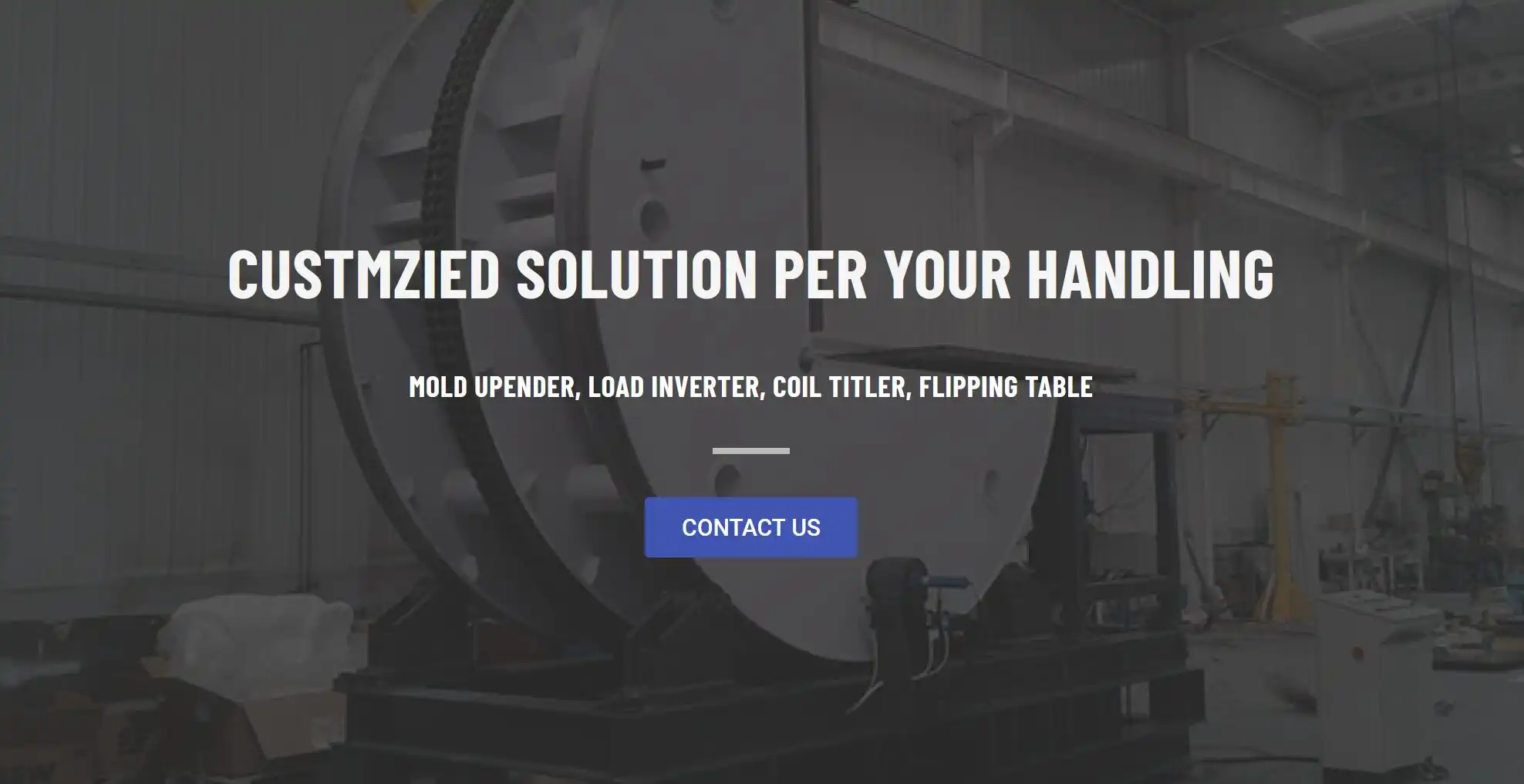
I've seen this scenario play out many times. A factory owner, much like myself, invests in top-of-the-line equipment expecting immediate results. But technology alone doesn't solve problems; people do. The bridge between a powerful new machine and its full potential is always a well-trained, confident operator. In my journey from engineer to factory owner, I learned that investing in your team's skills is just as critical as investing in new steel. Let's break down the components of a training plan that truly works, especially within the dynamic industrial landscape of India.
Why is a phased training approach crucial for Indian operators?
Have you ever tried to teach someone a complex task by explaining everything all at once? The result is usually confusion and frustration. This is a common mistake when introducing new heavy machinery like a mold flipper. Throwing a thick technical manual and a long list of procedures at your operators can be overwhelming. This cognitive overload leads to mistakes, a lack of confidence, and a natural resistance to the new process. An operator who feels overwhelmed is more likely to make a costly error, potentially damaging a mold worth thousands of dollars or compromising the safety of the entire workshop.
A phased approach is crucial because it breaks down complex operations into manageable, digestible modules. For Indian operators, this systematic method allows them to master one concept at a time—from basic safety protocols to advanced maintenance checks—preventing information overload and building a strong foundation of confidence with each successful step.
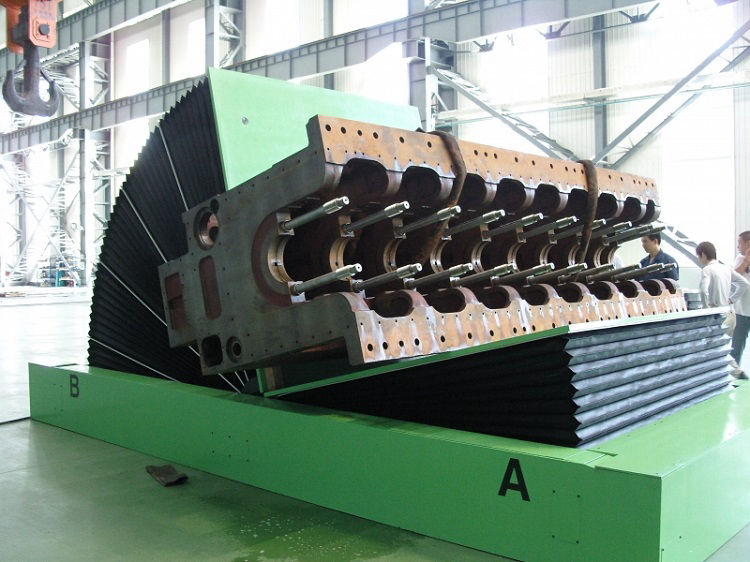
Diving Deeper into Phased Learning
A structured, phased training program respects the learning process. It acknowledges that true mastery is built layer by layer, not absorbed all at once. This is particularly effective in many Indian work environments where a tradition of apprenticeship and step-by-step learning is deeply ingrained. It builds a culture of competence and safety from the ground up.
When I worked with a steel components manufacturer in Pune, they faced this exact challenge. Their new mold flipper was seen as "too complicated" by the senior operators. We scrapped the one-day "all-in" training and introduced a four-phase plan. The results were immediate. Operator errors dropped by over 50% in the first month, and the senior operators quickly became the champions of the new machine.
Here's what a successful phased plan looks like:
Phase 1: Foundation and Safety First (1-2 Days)
The absolute priority is safety. This phase has nothing to do with speed or efficiency. It's about understanding the machine as a powerful tool that demands respect. We cover topics like emergency stop procedures, designated safety zones, pinch points, and the correct personal protective equipment (PPE). The goal is to make safety an instinct, not an afterthought.
Phase 2: Basic Operations (2-3 Days)
Once safety is second nature, we introduce the core functions. This includes powering the machine on and off, understanding the control panel (HMI), and performing a simple, unloaded tilting operation. We use checklists and repeat the process until it becomes smooth and routine. The focus here is on flawless execution of the most common task: a 90-degree flip.
Phase 3: Handling Real Loads and Troubleshooting (3-5 Days)
Now, operators begin working with dummy loads or non-critical molds. They practice securing the mold, balancing the load, and performing flips. We intentionally introduce common, minor problems—like a sensor fault or an unbalanced load alarm—so they can learn to identify and resolve issues in a controlled setting. This builds critical problem-solving skills.
Phase 4: Mastery, Maintenance, and Certification (Ongoing)
In the final phase, operators are proficient in daily operations. The focus shifts to preventative maintenance, like lubrication schedules, hydraulic checks, and cleaning. We establish a certification system where operators are formally assessed and recognized for their skill level. This creates a sense of pride and ownership.
Here is a simple breakdown:
| Training Phase | Key Objectives | Methods | Expected Outcome |
|---|---|---|---|
| Phase 1: Foundation | Master all safety procedures. | Classroom instruction, machine walk-around. | Zero safety incidents, instinctive use of E-stop. |
| Phase 2: Basic Ops | Confidently operate basic machine functions. | Repetitive drills with no load, control panel practice. | Smooth, error-free execution of a standard cycle. |
| Phase ag 3: Real Loads | Safely handle various mold sizes and weights. | Practice with dummy loads, simulated fault scenarios. | Ability to troubleshoot common alarms and issues. |
| Phase 4: Mastery | Perform routine maintenance, train others. | Mentorship, preventative maintenance checklists. | Certified operators who take ownership of the machine. |
This step-by-step method transforms the learning process from an intimidating challenge into an achievable journey.
How can hands-on simulation accelerate the learning curve?
Reading a book about swimming will never teach you how to swim. The same is true for operating heavy machinery. Relying solely on classroom theory or manuals creates a dangerous gap between knowledge and practical skill. An operator might be able to answer questions about the mold flipper, but they will hesitate when faced with the real thing. This hesitation is where accidents happen and time is lost. The fear of damaging a valuable mold or the machine itself can cause paralysis, completely undermining your investment in new technology.
Hands-on simulation accelerates learning by creating a risk-free environment for practice. It allows Indian operators to build muscle memory, experiment with controls, and experience emergency scenarios safely. This practical approach builds real-world confidence far more effectively than any manual or lecture could.
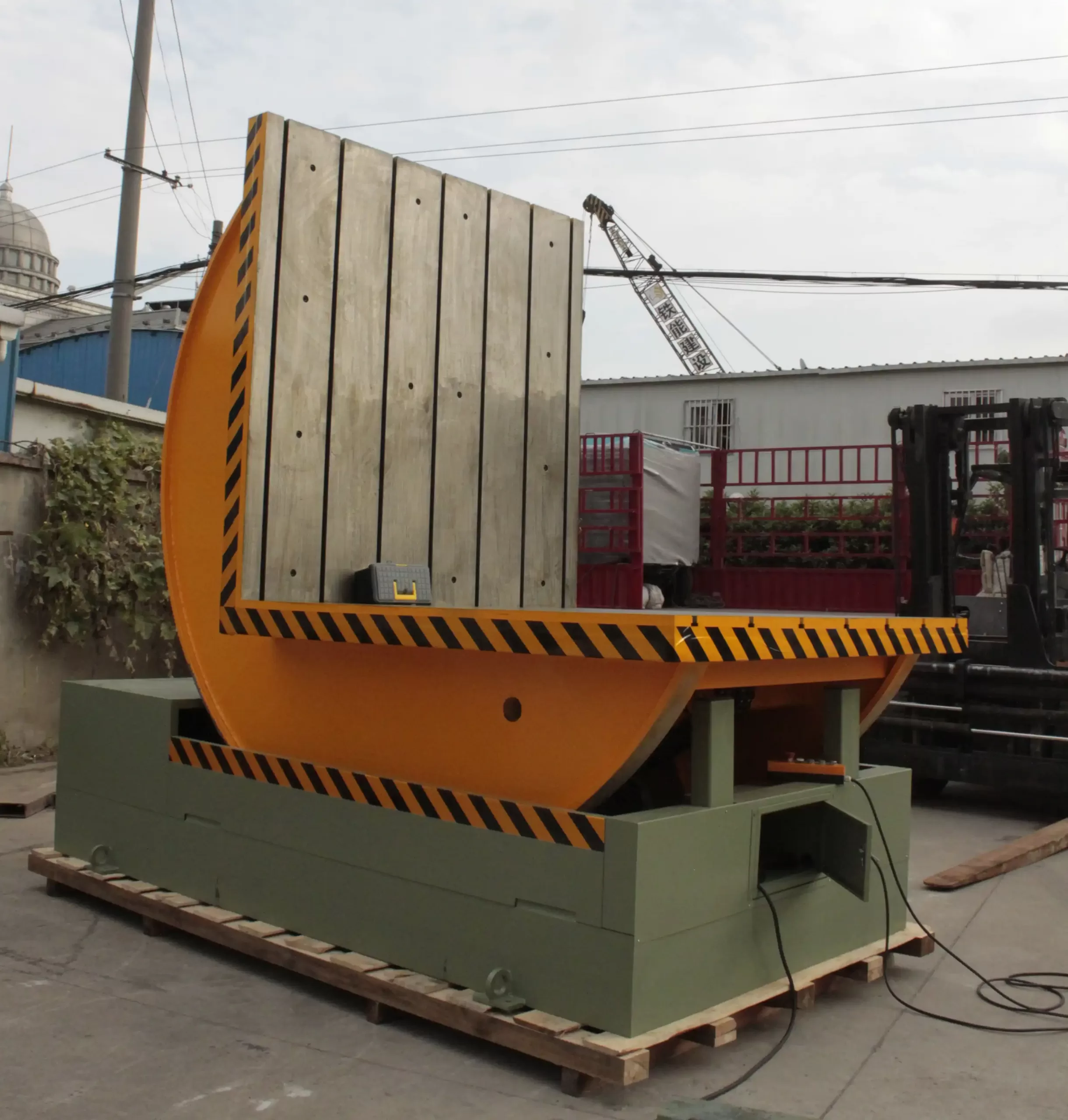
Diving Deeper into Simulation-Based Training
Simulation bridges the critical gap between theory and reality. It's a cornerstone of training in high-stakes fields like aviation and surgery for a reason: it works. For industrial applications, it doesn't need to be high-tech virtual reality. Practical, low-cost simulations can be incredibly effective. This hands-on, "learn-by-doing" methodology is often highly valued and effective in Indian industrial culture.
I remember visiting a client's facility in Gujarat. They had just installed a large mold upender, and the operators were visibly nervous. We didn't have a sophisticated VR simulator. Instead, we created a "simulation" on the shop floor. We painted the exact footprint of the mold flipper on an open area. We used a wooden crate, weighted with sandbags, to act as a "mold." The operators practiced maneuvering the "mold" into position with a forklift, securing it with ropes to simulate clamps, and walking through the entire process dozens of times. By the time they touched the real machine, the fear was gone. They already knew the steps.
Low-Fidelity Simulation
This is the most accessible type of simulation. It involves using mock-ups and role-playing.
- Control Panel Posters: A large, printed poster of the HMI (Human-Machine Interface) can be used to practice sequences. The trainer calls out a command ("Prepare for tilt"), and the operator points to the correct buttons in order.
- Dummy Loads: Using old, discarded molds or even custom-built wooden or steel frames of similar size and weight allows operators to practice loading, securing, and balancing without risking valuable assets.
- Chalk Outlines: As in my story from Gujarat, outlining the machine's movement area on the floor helps operators understand the physical space and safety zones required.
High-Fidelity Simulation
This involves using the actual machine in a controlled way.
- Unloaded Cycles: Running the machine through its full range of motion without a load is the first step. This familiarizes operators with the sounds, speeds, and movements of the machine.
- Controlled Fault Scenarios: A qualified trainer can safely trigger minor, non-damaging faults (like tripping a safety sensor) to allow operators to practice the troubleshooting procedures outlined in Phase 3 of their training.
Here is a comparison of training outcomes:
| Metric | Theory-Only Training | Simulation-Based Training |
|---|---|---|
| Knowledge Retention | Low (around 20-30%) | High (around 75-90%) |
| Operator Confidence | Low | High |
| Time to Proficiency | Long | Short (up to 50% faster) |
| Risk of Error | High | Very Low |
| Safety Awareness | Theoretical | Instinctive |
By letting operators make their mistakes in a simulated environment, you empower them to perform flawlessly when it counts.
What role does local language and cultural context play in training effectiveness?
Imagine you are given a critical safety manual for a complex machine, but it's written in a language you only partially understand. Would you feel confident operating that machine? This is the reality in many factories. Using English-only training materials for a team of operators in India whose primary language is Hindi, Marathi, Tamil, or Gujarati creates a massive barrier to comprehension. It's not just inefficient; it's dangerous. Misunderstandings of key terms related to weight capacity, pressure settings, or emergency procedures can have catastrophic consequences. It can also send an unintentional message of disrespect, making the team feel that their needs are not a priority.
Using local languages and acknowledging cultural context is absolutely vital for effective training in India. It eliminates communication barriers, ensures that critical safety information is perfectly understood, and shows a level of respect that fosters deep engagement, trust, and a sense of ownership among operators.
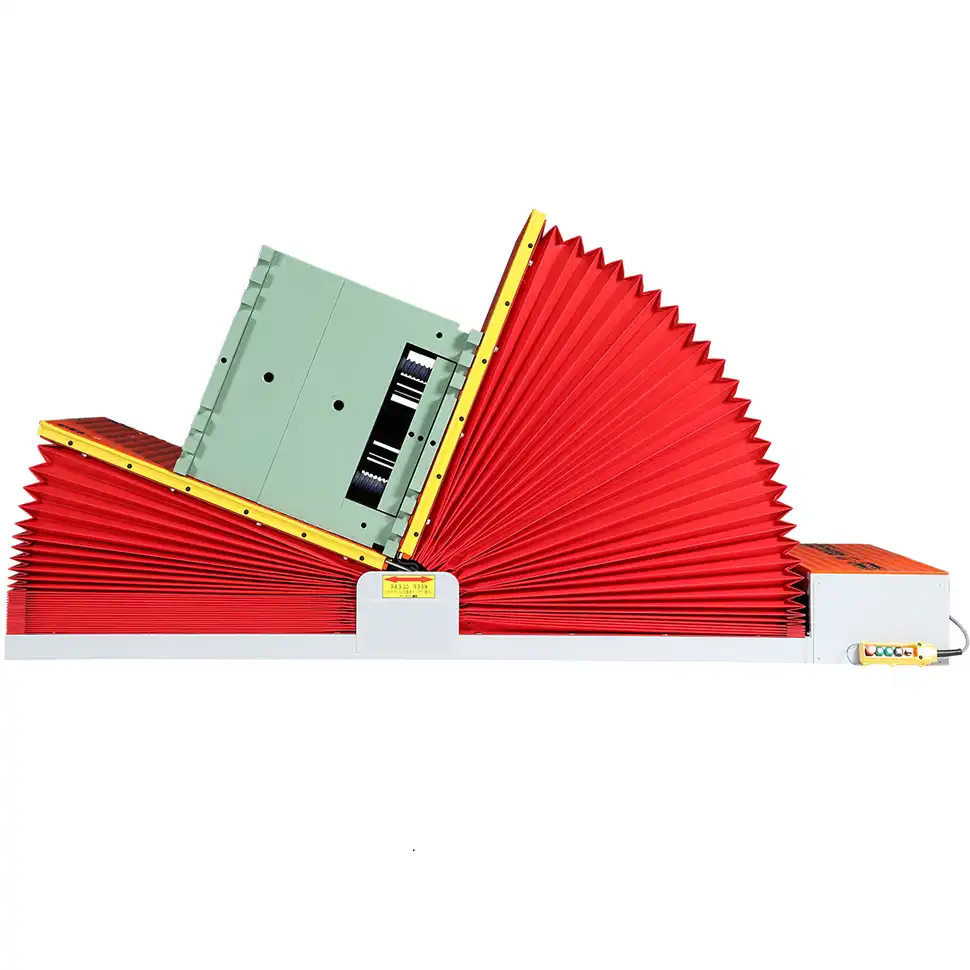
Diving Deeper into Localization and Cultural Awareness
True partnership goes beyond just selling a machine. It means understanding the environment where that machine will operate. This is something I learned early on in my career. Providing a solution that works on the ground, for the people who will use it every day, is the core of our mission at SHJLPACK. Localization is not just a "nice to have"; it is a fundamental requirement for success.
During a commissioning project near Chennai, I noticed the operators were struggling with the English-language HMI on a new wrapping machine. The local engineer and I spent an evening translating the key functions and alarms into Tamil. The next day, we taped small, laminated labels next to the buttons on the screen. The change was incredible. The operators were not only faster, but they started asking more insightful questions. They felt the machine was finally "theirs." That small effort to speak their language built more trust than any technical manual ever could.
The Pillars of Effective Localization:
- Language: This is the most obvious element. All training materials, from printed manuals to the text on the machine's control panel, should be professionally translated. Don't rely on automated translation tools, which can miss critical nuance. Hire a translator familiar with industrial terminology.
- Analogies and Examples: Use local analogies that resonate. Instead of a complex engineering metaphor, relate a concept to something familiar in daily life or local culture. This makes abstract ideas concrete and memorable.
- Cultural Learning Styles: Be aware of the local work culture. In some regions, there's a strong hierarchical structure. A junior operator might be hesitant to ask questions in front of a senior colleague. Small group sessions or one-on-one check-ins can be more effective for encouraging open dialogue. Acknowledging and respecting seniority while ensuring everyone learns is a delicate but crucial balance.
A checklist for effective localization is essential:
| Localization Checkpoint | Why It Matters | Implementation Action |
|---|---|---|
| Manual Translation | Ensures deep understanding of mechanics and safety. | Hire a professional technical translator for the local language. |
| HMI/Control Panel Language | Allows for quick, intuitive operation in real-time. | Work with the supplier to provide a multi-language interface. |
| On-Site Trainer | Enables clear communication and immediate clarification. | Ensure the trainer is either a native speaker or fluent in the local language. |
| Visual Aids | Overcomes literacy or language barriers. | Use clear diagrams, color-coding, and videos with minimal text. |
| Cultural Respect | Builds trust and encourages engagement. | Understand local customs regarding communication, feedback, and hierarchy. |
Investing in localization is investing in your people. It shows that you see them as valuable partners in your factory's success.
How do you measure training success and ensure continuous improvement?
You've completed the training program. The operators seem confident. But how do you know it actually worked? Without a system to measure success, training can feel like a one-time expense with no clear return. You might assume everything is fine, only to discover weeks later that bad habits have crept back in, efficiency has dropped, or a near-miss safety incident has occurred. The "train and forget" approach is a recipe for failure. Skills degrade over time, and without reinforcement, you risk ending up right back where you started.
Training success is measured through a clear combination of practical skill assessments, direct operator feedback, and tracking key performance indicators (KPIs) like cycle time, error rates, and safety incidents. Continuous improvement is achieved through scheduled refresher courses, skill recertification, and actively using performance data to refine the training program itself.
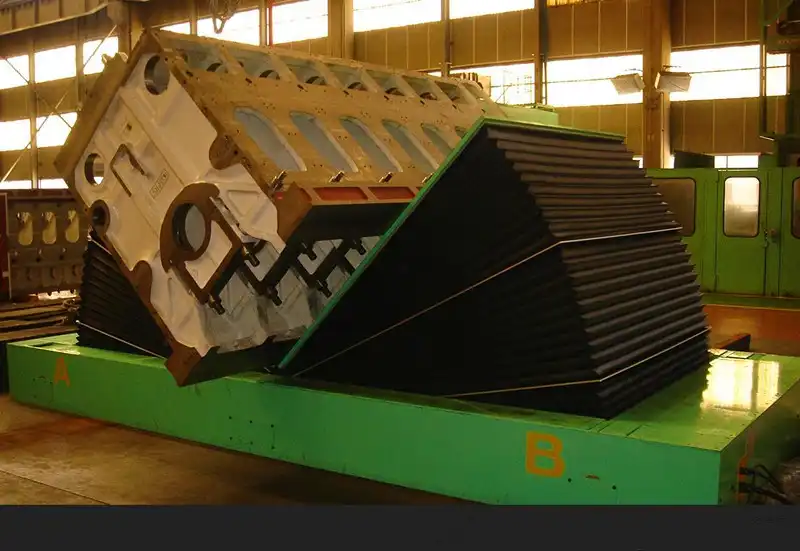
Diving Deeper into Measurement and Continuous Improvement
As an engineer and a business owner, I believe in data. What gets measured gets managed. For a steel mill owner like Javier Morales, who makes decisions based on rigorous analysis, this is the most critical part of the process. It's how you prove the ROI of both the machine and the training investment. This mindset of continuous improvement, or Kaizen, is what separates good factories from great ones.
We implemented a measurement system for a client in the automotive sector. They were concerned about the cycle times for their mold flipping process. After our training program, we didn't just walk away. We worked with them to track specific KPIs. We found that while overall cycle times improved by 15%, two specific operators were consistently 10% faster than the others. We studied their technique, realized they had found a more efficient way to position the hoist, and then incorporated that learning into a refresher course for the entire team. The data didn't just prove the training worked; it made the process even better.
Key Performance Indicators (KPIs) to Track:
This data can be collected through simple observation, shift reports, or integration with your factory's MES if available.
| KPI Category | Specific Metric | How to Measure | Target Goal |
|---|---|---|---|
| Efficiency | Average Mold Flip Cycle Time | Time study per shift. | Reduce by 15% post-training. |
| Quality/Accuracy | Operator Error Rate | Number of cycle interruptions or resets per 100 cycles. | Less than 1%. |
| Safety | Safety Incidents / Near-Misses | Shift safety reports, supervisor logs. | Target: Zero. |
| Operator Skill | Practical Assessment Score | A supervisor uses a checklist to score an operator's performance. | Score of 95% or higher for certification. |
| Machine Uptime | Downtime due to Operator Error | Maintenance logs coded by reason for downtime. | Reduce by 90%. |
The Cycle of Continuous Improvement:
- Train: Implement the initial, comprehensive training program.
- Measure: Collect data on the KPIs for the first 30-60 days.
- Analyze: Review the data. Where are the successes? Where are the gaps? Is one shift outperforming another? Why?
- Refine: Use the insights from your analysis to update the training materials. Maybe you need a new visual aid for one step or a short refresher course on another.
- Reinforce: Schedule semi-annual refresher courses and recertification. This keeps skills sharp and reinforces the importance of the correct procedures.
This data-driven loop transforms training from a single event into a dynamic process that evolves with your team and your operational needs, ensuring a lasting impact on your bottom line.
My Insights: Beyond the Machine, A Partnership in Growth
Over my decades in this industry, from being an engineer on the floor to building my own factory, I've learned one lesson that stands above all others: you don't buy a machine, you invest in a capability. A mold flipper is not just tons of fabricated steel and hydraulics. It's the answer to a problem. It’s the tool that helps you reduce downtime, protect your valuable molds, and create a safer environment for your people.
As a fellow factory owner, I understand the pressures you face, Javier. The constant watch on energy costs, the challenge of aging equipment, the need to stay ahead of regulations—these are the things that keep us up at night. And I know that when you make a capital investment, you need more than just a supplier who delivers a box to your door. You need a strategic partner.
A partner understands that the machine's true value is only unlocked when your team can operate it with skill and confidence. That’s why a comprehensive training plan isn't an "add-on"; it's a core part of the solution. When I started my own factory, I made the mistake of thinking the best equipment was the complete solution. But production lagged. My team was hesitant. It was only when I invested as much in their training as I did in the machinery that we truly started to thrive.
The right training plan directly addresses your goals:
- Reduces Costs: A well-trained operator doesn't damage molds. They don't cause unnecessary wear on the machine. This directly impacts your goal to lower operational costs by preventing expensive repairs and downtime.
- Increases Utilization: Confident operators mean faster, smoother cycle times. The data-driven improvement process we discussed helps you find and eliminate small inefficiencies, pushing you closer to that 95% effective run-time target.
- Drives Digital Transformation: A modern mold flipper has sensors and outputs that can feed data into your MES. Training shouldn't just be about pushing buttons; it should include teaching your team what the data means, making them an active part of your plant's digital ecosystem.
The detailed, culturally-aware training plan we've outlined is a reflection of this partnership philosophy. It's about giving your team in India the respect they deserve and the tools they need to succeed. Because ultimately, your success is our success. That's the principle I built my business on, and it's my commitment to every client we serve.
Conclusion
A thoughtful training plan transforms a new machine into a true asset. It empowers your team, ensures operational safety, and delivers the powerful return on investment you expect.





